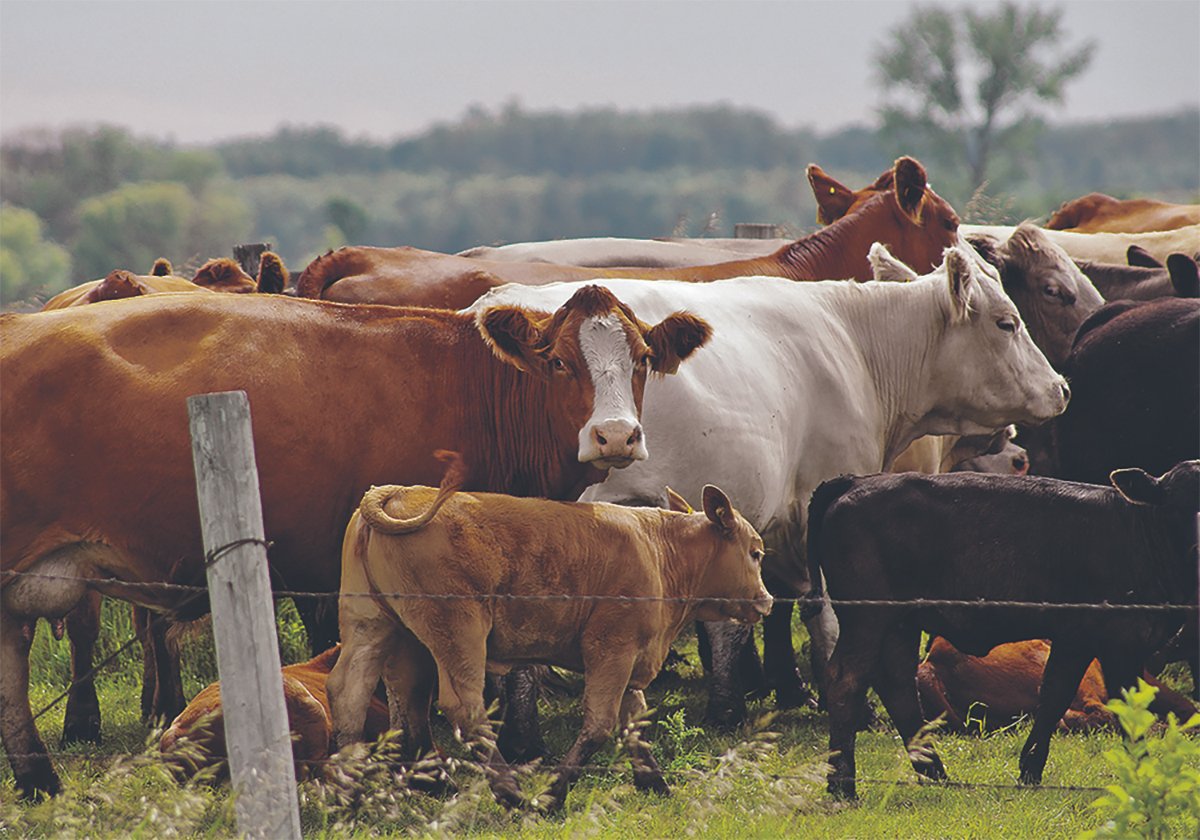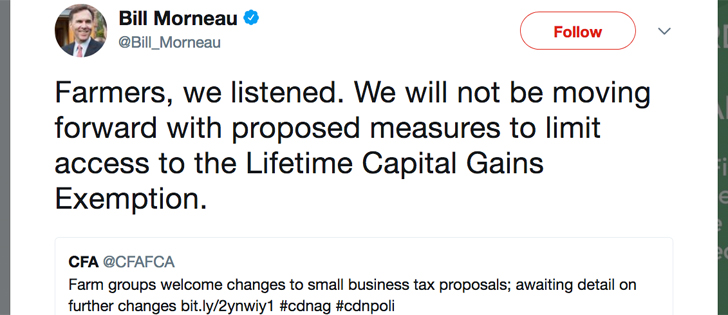In the wider scheme of things, the federal government decision to eliminate the rural secretariat within Agriculture Canada this spring was a minor issue.
It was also a workshop on how governments can get rid of bureaucracies they want to jettison.
By the end, there were just 13 secretariat employees, a minuscule budget and a bureaucracy with little to do and almost no visibility.
Other than the Federation of Canadian Municipalities, which approved an emergency resolution calling on Ottawa to work with municipalities to create a “practical, accountable” rural policy in light of the secretariat’s demise, there were few defenders publicly lamenting its loss.
Read Also

High prices see cow-calf producers rushing to incorporate
Farm accountants are reporting a steady stream of cow-calf producers rushing to get their operations incorporated ahead of selling their calves this fall.
Some rural policy advocates questioned what it did.
“The fact that I cannot tell you anything they were working on probably tells you something,” Grain Growers of Canada executive director Richard Phillips said when asked for comment.
Well, maybe it tells us he wasn’t paying attention, but more likely, it tells us that the secretariat had been so diminished and marginalized within the department and the government that when it was essentially abolished without announcement or fanfare, most people had forgotten it existed.
It was not always thus.
A year ago, there were 92 employees and a budget of more than $20 million.
Fifteen years ago, it was created with some fanfare by a Liberal government fast losing its rural base and under pressure to create a rural ministry.
It was meant to be the focus of government advocacy for rural issues, making sure the “rural lens” was applied when policies were being considered by departments across the government.
But with the advent of the rural-rich Conservative government in 2006 with its underlying philosophy that government and bureaucracy are not the answer, the rural secretariat became less visible, less supported and ultimately unloved.
Publicly, it was never visible as a rural advocate.
This was a classic example of how governments can shed themselves of programs or bureaucracies they don’t want or at least want to diminish.
Isolate them, diminish them, make their mandate invisible and cut their budget and their profile to the point that former advocates think they are expendable or at least are not prepared to go to the wall to protest.
Interestingly, farm critics made the same arguments last year when they were protesting the significant cuts in federal-provincial farm support programs that governments were proposing in the run-up to approval of Growing Forward 2 in September.
Critics from the Canadian Federation of Agriculture argued that reducing the benefits of AgriStability and AgriInvest meant farmers would quickly figure out that when the going gets tough, the programs won’t be useful, and they will abandon them.
And once farmer use of the programs falls, a future government will be able to say the industry doesn’t want them or use them so why keep funding them? Who would support them if they were killed and how credible would their arguments be if farmers aren’t supporting the programs through their participation?
Government officials at the time said the doomsday argument was a stretch.
But cut the benefits, keep it low key, make it less than useful and where will the chorus of supporters be?














